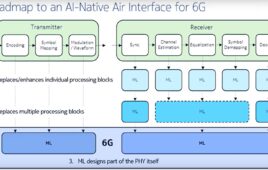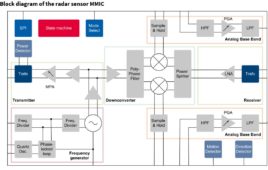It was bound to happen. That was my first thought after hearing that a drone apparently crashed into a plane that was headed to London’s Heathrow Airport.
The British Airways plane, an Airbus A320, was headed from Geneva, Switzerland, to London on Sunday when the pilot said he thought a drone had struck the aircraft.
The Airbus was carrying 132 passengers and five crew members, all of which were safe and uninjured.
The belief is that the drone actually slammed into the plane in the front of the aircraft. As of now, it is unclear of whose drone it was that actually struck the plane.
As for the aircraft, engineers examined it in its entirely and deemed it safe for flying.
This isn’t the first time we’ve encountered issues with drones in regulated airspace, it is however the first reported collision.
Because too frequently drones have been flown dangerously close to manned aircraft in U.S. airspace, sometimes forcing pilots to take action, the Federal Aviation Administration (FAA) needed to get involved. Drones flying too close to commercial flights pose a serious threat to larger aircraft, and can actually be sucked into the engine or crash into the cockpit window, potentially injuring or even killing a pilot. We’re thankful this incident was just a minor incident; however, we may not be so lucky next time.
Congress required the FAA to finalize permanent regulations of commercial drones under section 332 of the FAA Modernization and Reform Act by September 2015, however they missed the deadline.
Thus far, the FAA has issued rules under a more restrictive part of that law, section 333, intended to be in effect temporarily until the final regulations are solidified. They have imposed a requirement that people register noncommercial “model aircraft,” a move that caused a bit of uproar amongst drone enthusiasts, and is currently facing a court challenge.
Before now, a study at Bard College found that out of 921 reported drone-aircraft incidents, only 158 of them had actually come within 200 feet of the manned aircraft. In only 28 incidents did pilots even decide to take evasive action.
Sure, the FAA has raised the alarm about drones in the airspace, but thus far has not done much to strictly regulate. To keep airspace safe, the FAA needs a sound strategy, including operator education and technological solutions, in order to manage more crowded airspace.




